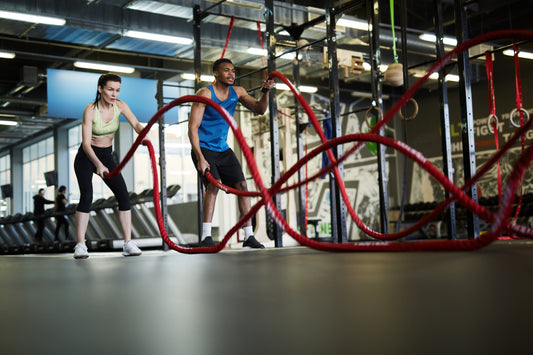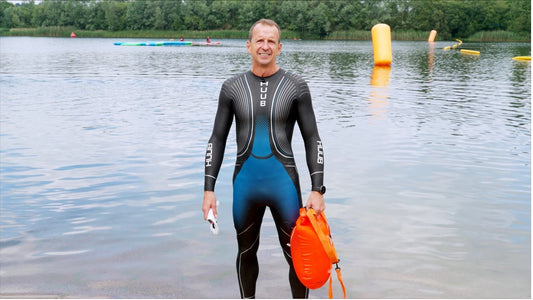Before we dive into the "how," let's talk about the "why." Strength training isn’t just for bodybuilders or athletes; it’s for everyone. Here are a few reasons why you should make it a part of your routine:
Improved Muscle Strength and Tone
Who doesn’t want to feel stronger and more capable in everyday life? By implanting a progressive overload in your strength training, you will create the stimulus for increased muscle size, strength, and endurance.
Boosted Metabolic Rate
More muscle means your body burns more calories at rest – they are greedy like that which in turn has a positive effect on your overall metabolism whilst at the same time, having a negative effect on your bank balance! That extra food must be bought with something.
Enhanced Sports Performance
Strength training can improve your speed, power, agility, and endurance in various sports and activities. This could be the difference between achieving a new PB, or making the team; plus, it’s always handy to have an edge on the competition!
Injury Prevention
Stronger muscles support your joints better, reducing the risk of injuries in the short and long term. You can also offer your muscles and connective tissue extra support with a daily collagen supplement like our Active Collagen – the UK’s No.1 Prehab & Rehab Collagen Supplement.
Take just 1 gel a day to support ongoing maintenance and injury prevention or 2 per day to enhance injury recovery. It’s as simple as that.
Increased Bone Density
This is super important, especially as you age, to combat osteoporosis. Any form of resistance training puts stress on both your muscles and bones which causes a positive adaptation – increasing strength and bone density.
It’s often thought that running decreases bone density, but this in fact a misunderstanding, as over the long-term running can have a profoundly positive effect and increase bone density. What gets people confused is that in the short term, dramatic increases in either the volume or intensity of your running can have a negative impact on your muscles and bones as there hasn’t been the necessary adaptation and progressive overload for the bones and muscles to be resistant to that load, which in turn can increase injury risk.









